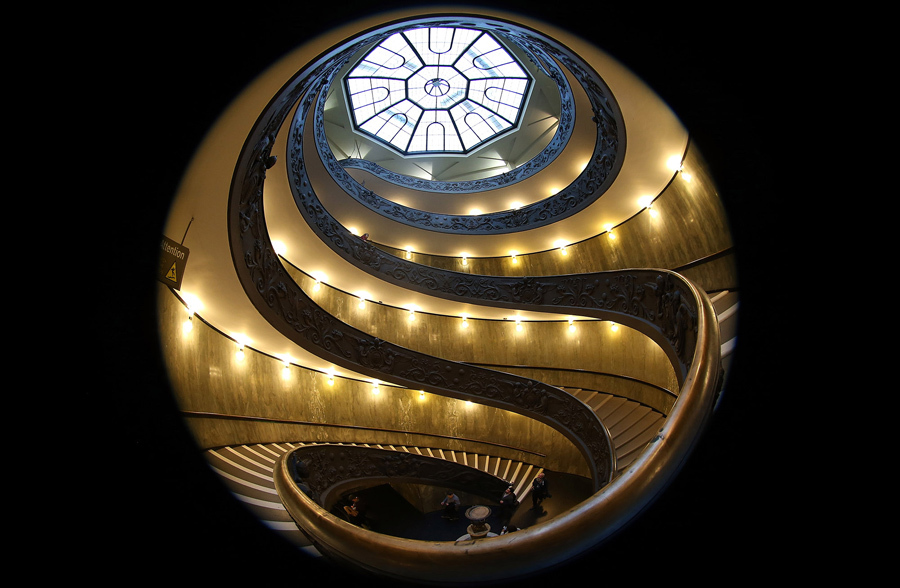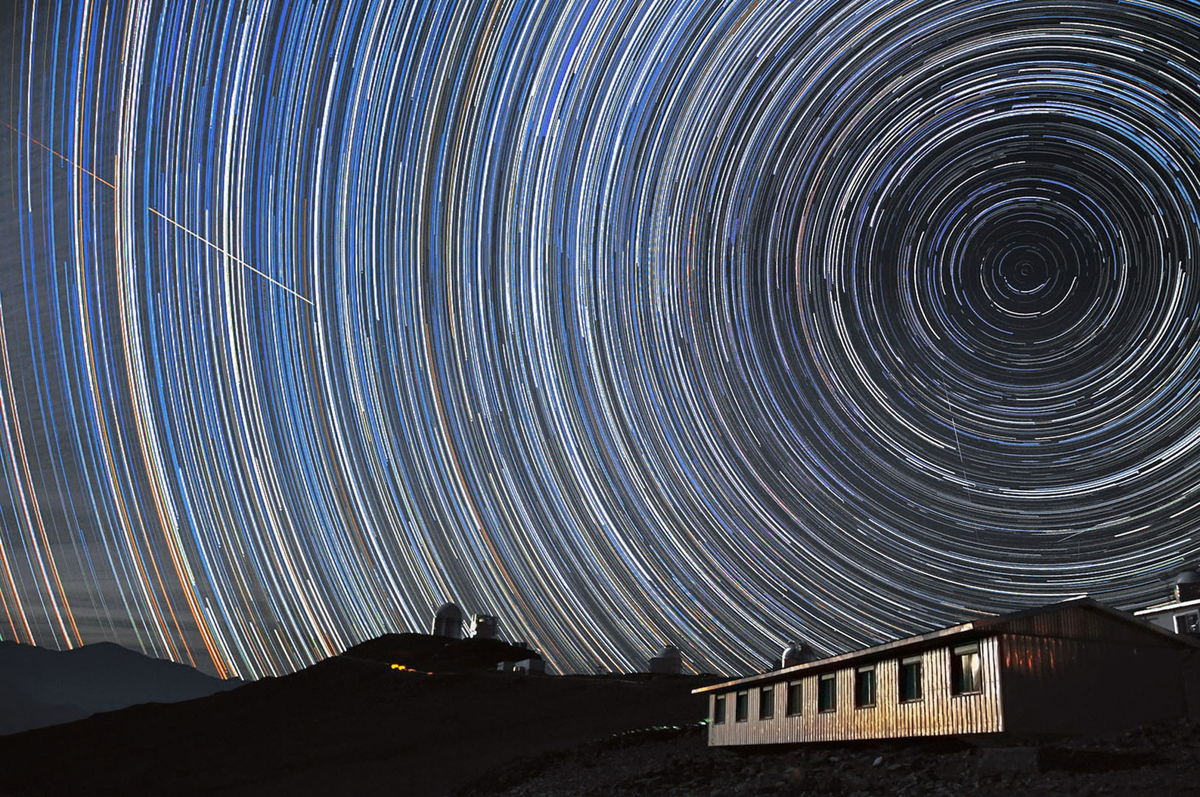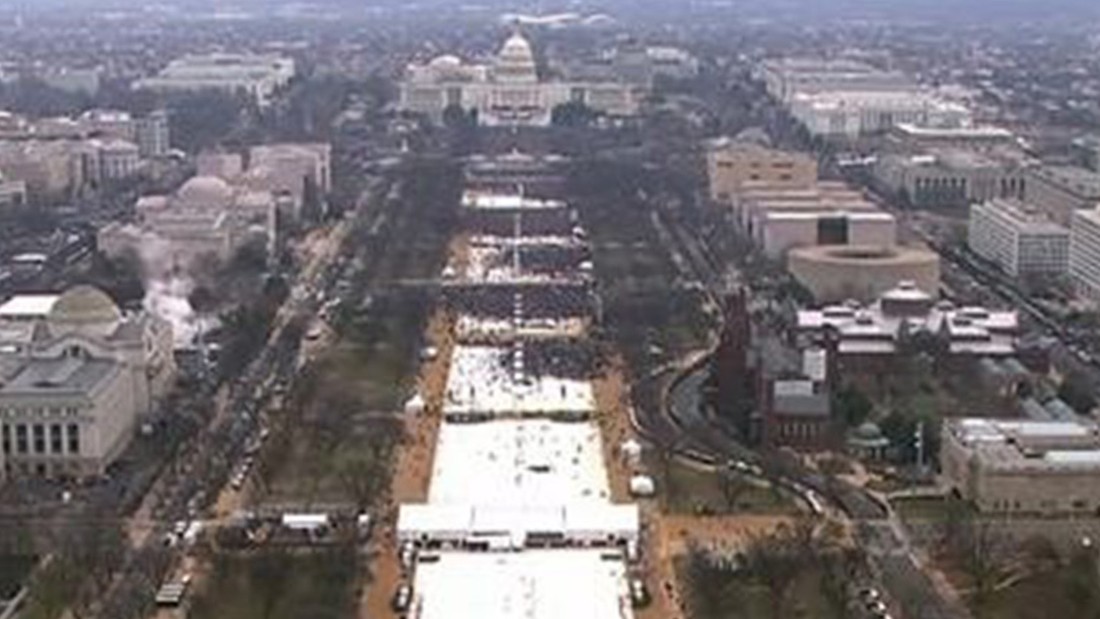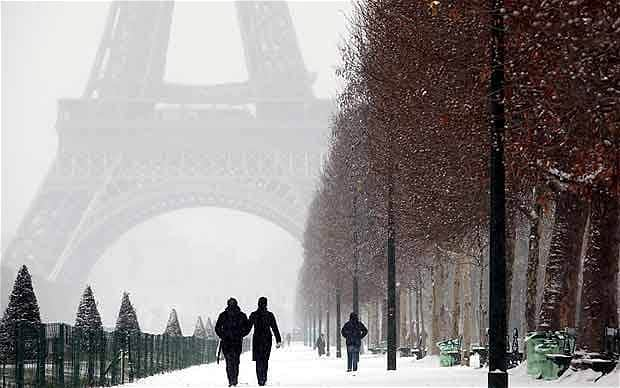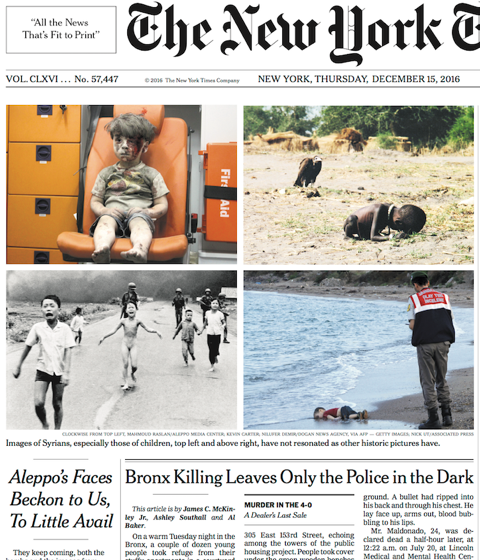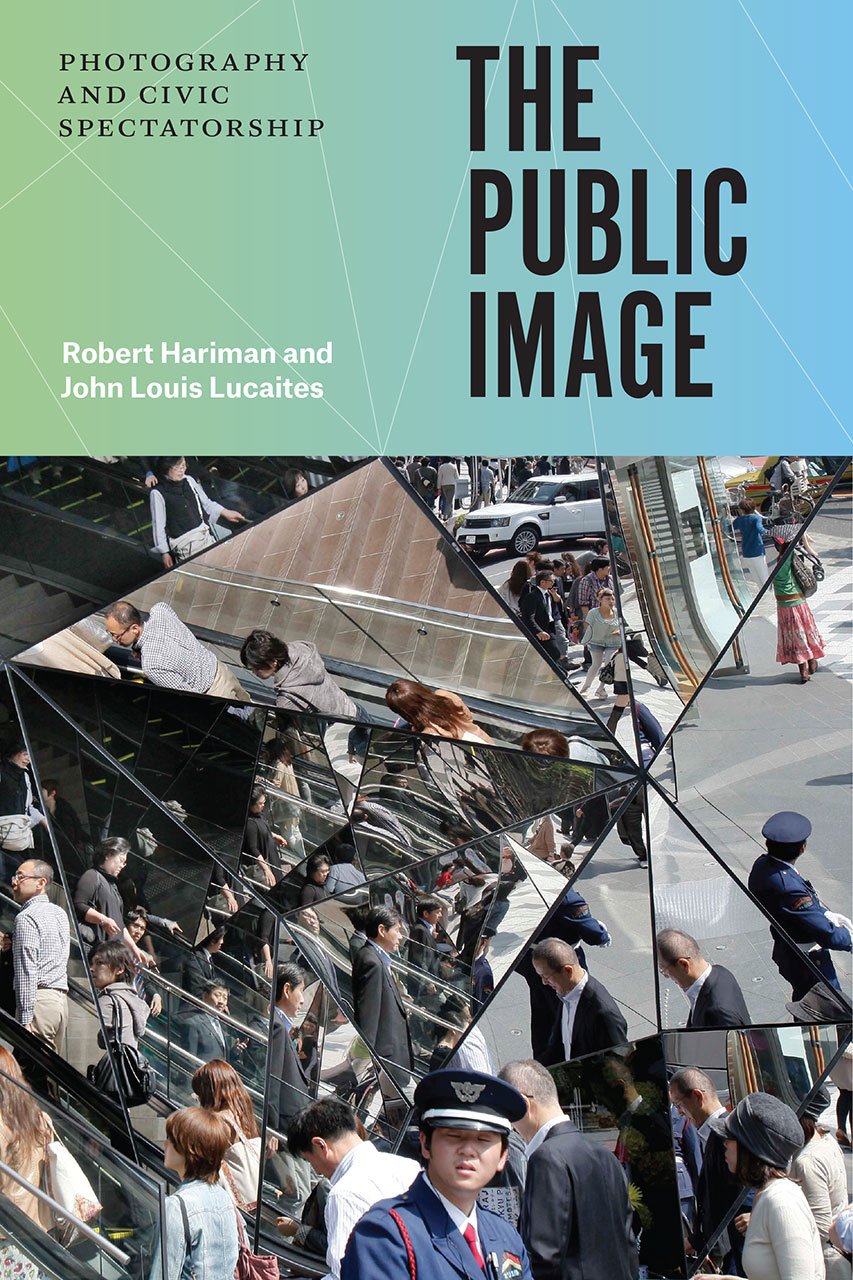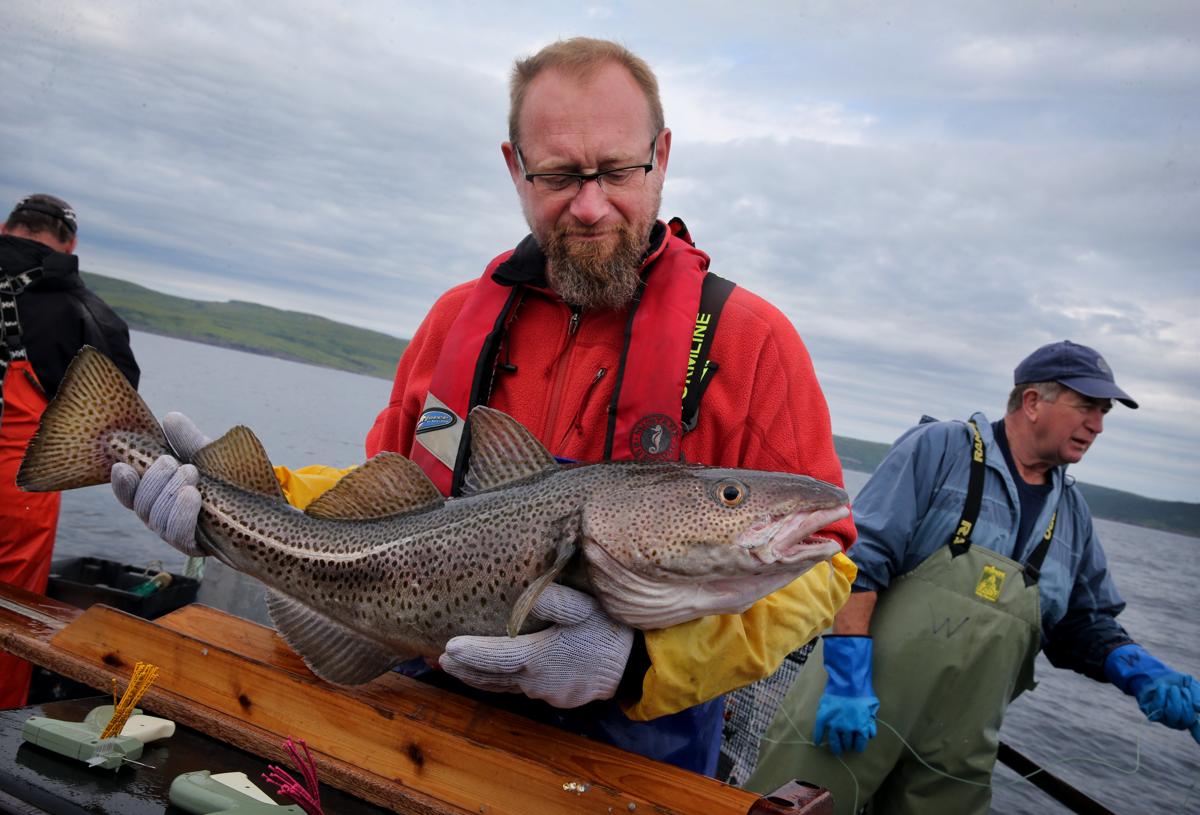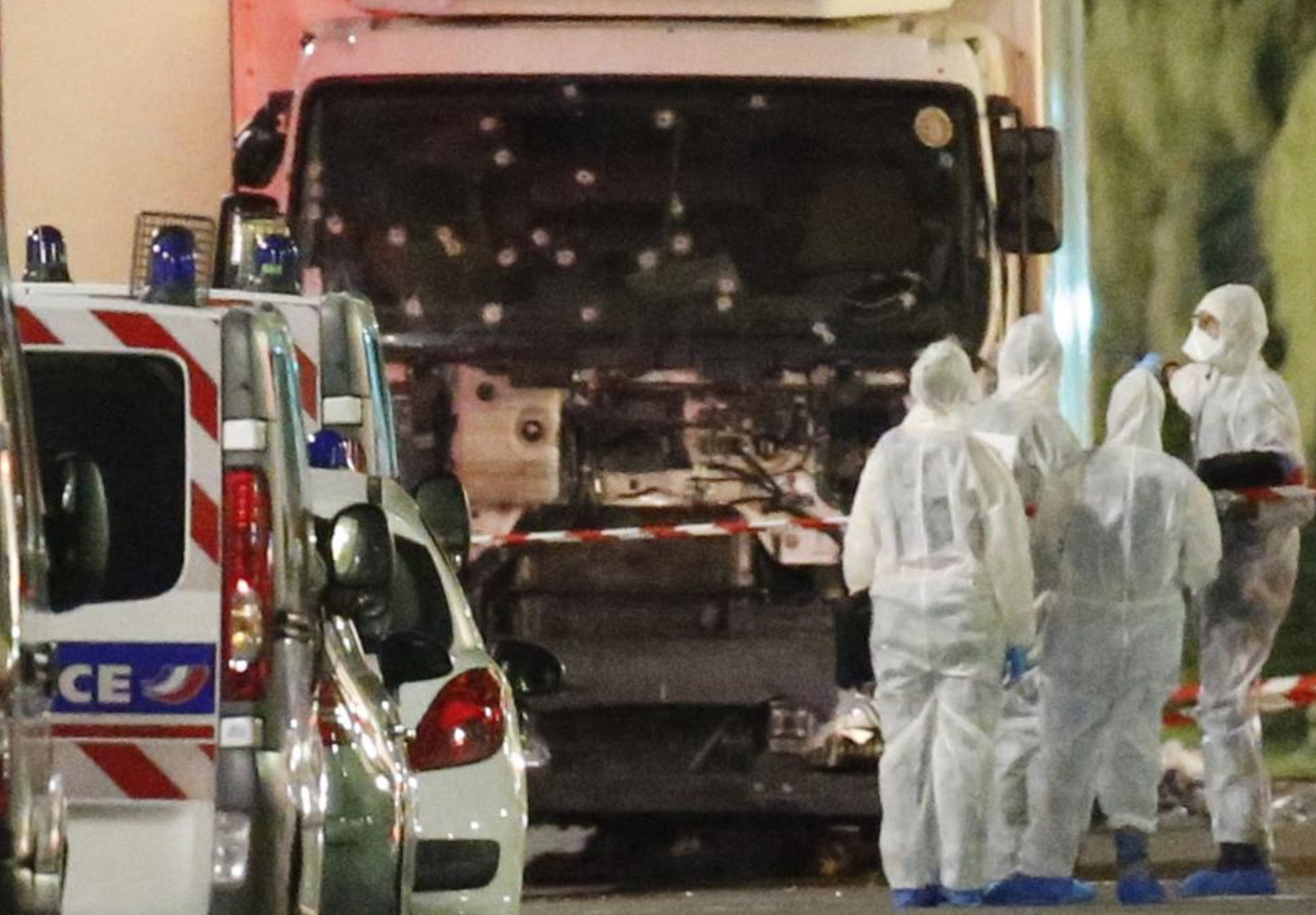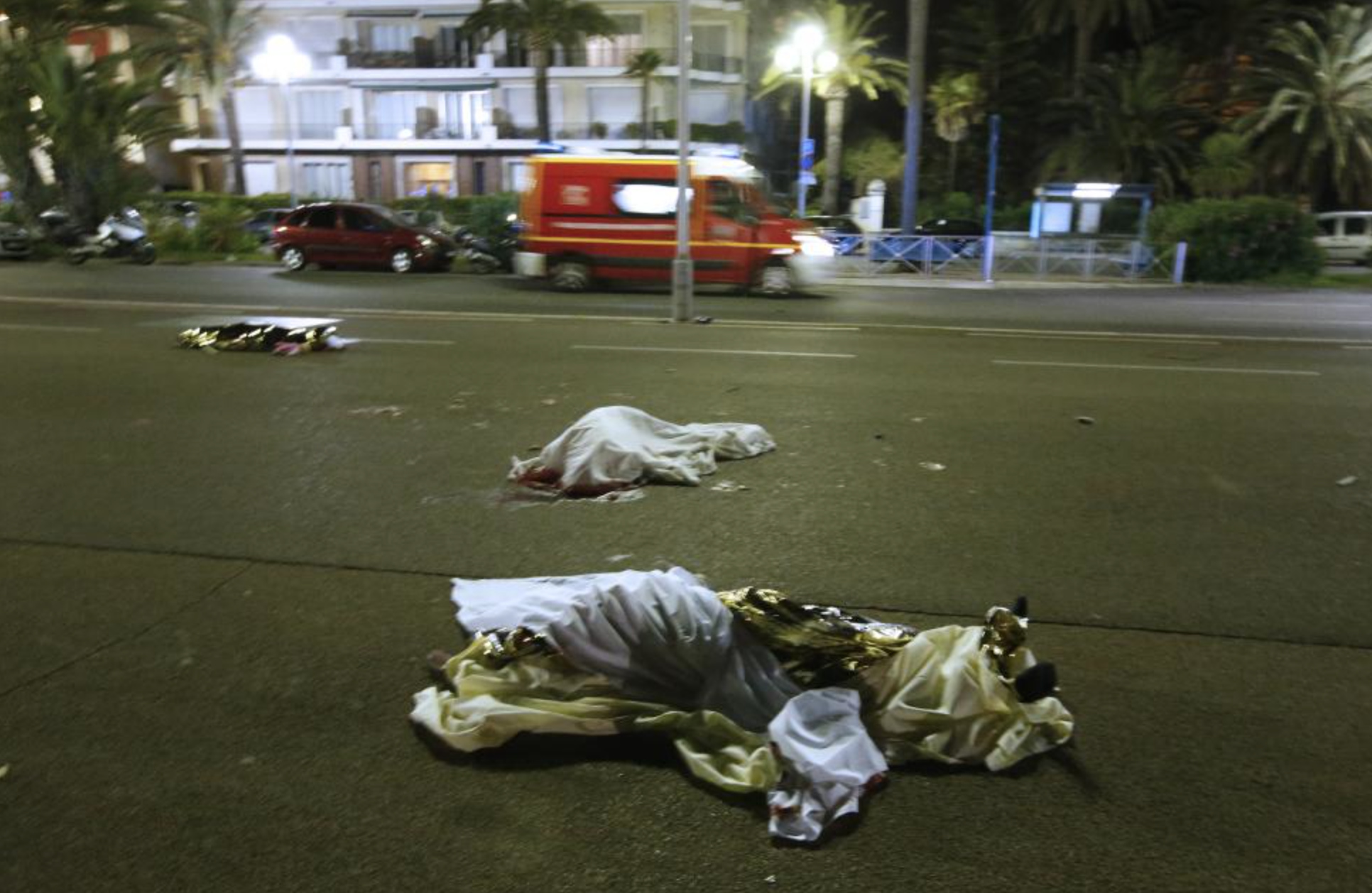xx
What do you see? A beautiful golden artifact, or a gaudy piece of jewelry? A work of art that could have come from any one of dozens of cultures, or a merely decorative visual contrivance reflecting hoarded wealth?
How about a spiral staircase in the Vatican museum, as seen through a fisheye lens? Perhaps there are a few people who could recognize both the technical distortion and the specific staircase, but it is safe to say that most of us were not seeing a spiral staircase in the Vatican museum. That tableau was merely the visual material for a process of technical distortion. And artistic distortion. There is no actual “eye of the camera,” but rather a creative process that includes a photographer, a camera, a lens, and several computers. And now you.
I had not seen the staircase previously; or if I did see it on my Vatican tour, it left no trace in my memory. I still haven’t seen it, you might say. So what are we seeing? A “striking visual effect,” and symmetry, and the Golden Ratio, and a microcosm, and rich colors of earth and sky, and light and darkness in perfect complementarity, and . . . . ? Some may call it beauty, and others may still see kitsch, but the aesthetic judgment is almost beside the point. What is most striking, I believe, is the photograph’s assertion of photography’s creative capacity.
Consider, for example, how this image does not conform to conventional ideas about photography: It is not a direct representation of reality; it is not showing what those present will have seen; it is not the record of a specific event. At the same time, the image also eludes stock criticisms of the medium: it is not hiding its distortion; it does not displace or dominate other views of the staircase; it does not demean the literal context or crowd out real beauty.
To fully appreciate what has been put before us by the photographer, we have to bracket conventional wisdom across the board. What to do next is not as clear, but several options are available. One is to consider how photography is not making copies of the world, but instead making images and statements about the world. Another is to consider how photography is closest to realizing its potential when revealing patterns in the world, patterns expressed through its formal artistry.
There also might be something to the fact that this image is both cosmic and cosmetic: a self-enclosed world and a bauble. The Greek word “kosmos” meant both universe and ornament, thereby capturing the irrelevance of scale to form. Thus, when admiring the formal beauty of this small jewel of an image you are becoming attuned to a basic pattern found in sea shells and galaxies. Curiously, you also are are getting inside the actual staircase.
I can imagine how the Vatican might have several reasons for liking the photograph. I like it, too, and hope that you can enjoy it as well. But have you noticed that something is a bit off at the top? A slight imbalance, perhaps. Something that could put a wobble into a top, or a planet. But perhaps that is part of the pattern. . . . . If, as Elaine Scarry has suggested, beauty prompts questions, then the questions here might go in several directions. One is deeper into the technical mechanisms and decisions defining photography. Another is into our experience of beauty. A third path, given the location of the staircase, would be into theology. When beauty is in the eye of the camera, there is no telling where it will stop.
Photograph by Franco Origlia/Getty. For more on this theme, see, e.g., recent work by Kaja Silverman, Joel Synder, Geoffrey Batchen, and the last chapter of The Public Image. For earlier posts, you might look here and at others on beauty. For an allusion that leads to a more complicated view of the church, see The Spiral Staircase by Karen Armstrong.
